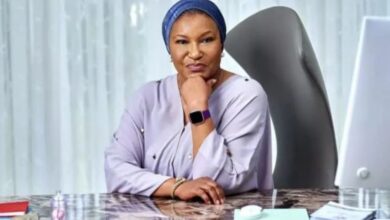Police Rescue Kidnapped 4-Year-Old Boy, Arrest Two Women for Child Trafficking in Owerri
—Suspects attempted to sell boy for N2.7m after abducting him in Abuja—

OWERRI – The Imo State Police Command has rescued a four-year-old boy and arrested two women for allegedly attempting to sell him for N2.7 million in Owerri.
The suspects, identified as Joy Ugwu from Kogi State and Rosella Michael from Abuja, were arrested on April 14 after a police operation. A third suspect, believed to be a nurse, is still at large.
According to police spokesperson DSP Henry Okoye, the boy, Jaffa Umar, was kidnapped in Abuja while hawking vegetables. The suspects transported him to Owerri and were negotiating his sale before police intervened.
Read: Why Every Medical Student Needs a Leadership Programme
“Acting on credible intelligence, our operatives intercepted the suspects during the transaction,” Okoye said. “The boy has been safely reunited with his family, while the suspects have been transferred to Abuja for further investigation.”
The Commissioner of Police, CP Aboki Danjuma, praised the joint effort between Imo State Police and Zone 7 Headquarters in Abuja. He urged the public to report suspicious activities, reaffirming the police’s commitment to fighting child trafficking.
Authorities are still searching for the fleeing nurse linked to the crime.




